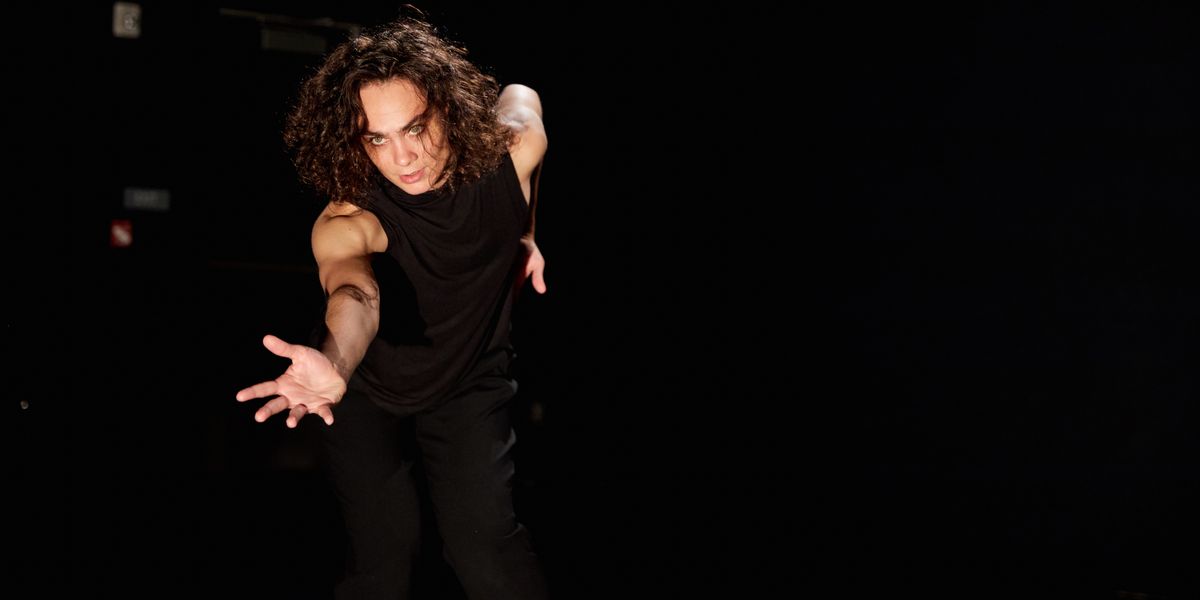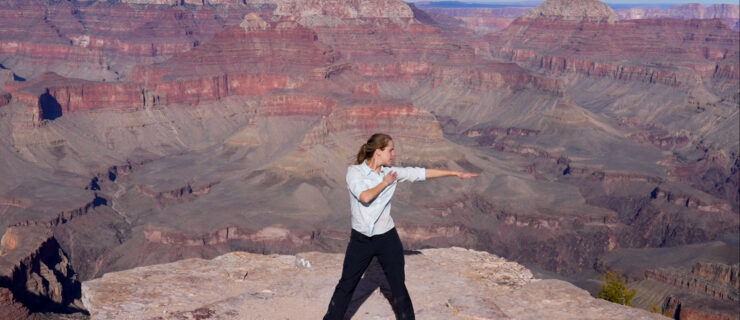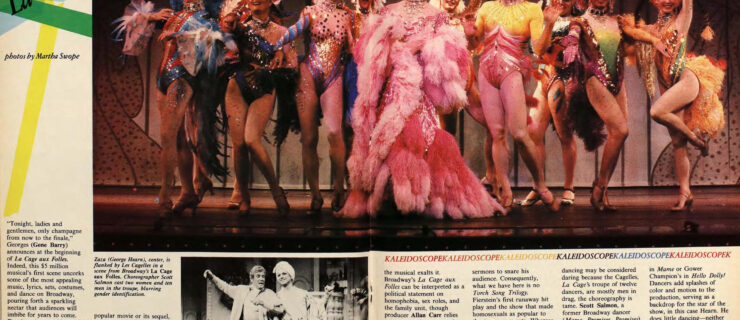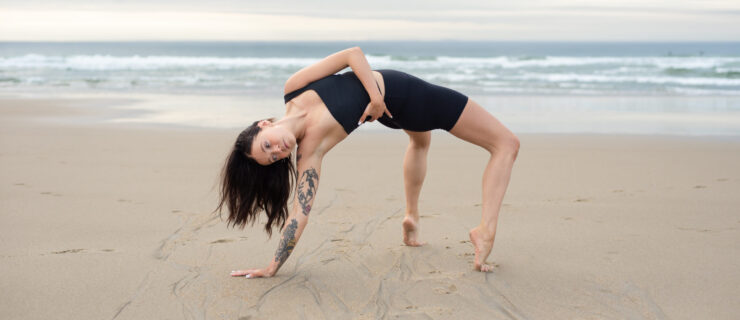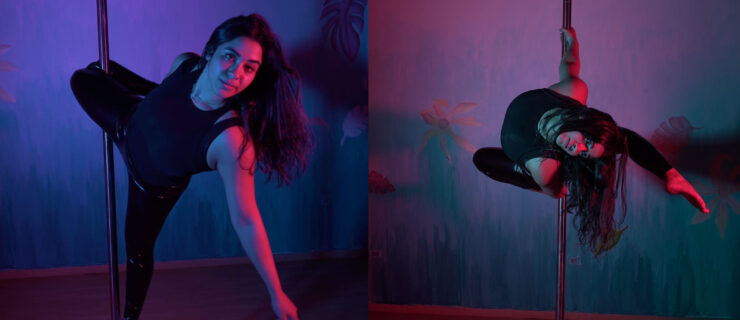Practicing Islam and Having a Dance Career Aren't Incompatible
Growing up, I never saw a problem with my dancing and neither did my Muslim-Egyptian dad or my non-Muslim, American mom. They raised me to understand that the core principles of Islam, of any religion, are meant to help us be better people. When I married my Pakistani husband, who comes from a more conservative approach to Islam, I suddenly encountered perceptions of dance that made me question everything: Is it okay to expose a lot of skin? Is it wrong to dance with other men? Is dance inherently sexual? What guidelines come from our holy book, the Quran, and what are cultural views that have become entwined in Islam?
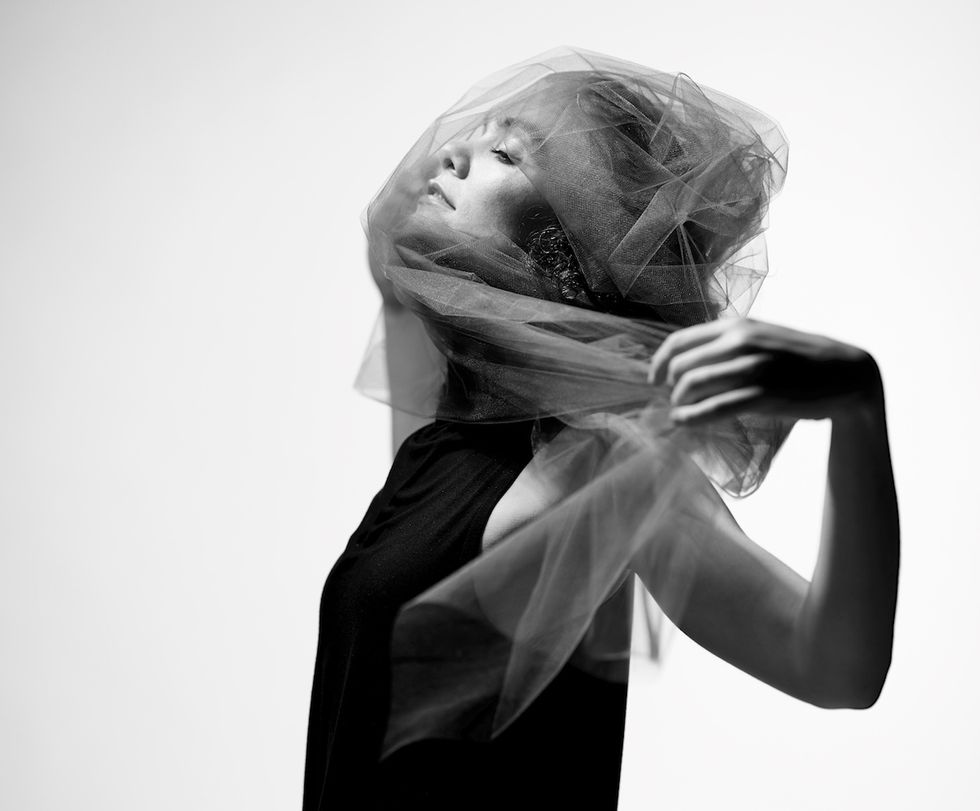 Idris Ademola, Courtesy Shah
Idris Ademola, Courtesy Shah
I became so overwhelmed that I quit dance for about a year. When I left it, I left myself. Even though I didn’t have all the answers, my gut convinced me that dance is it for me. So I accepted that things could get messy and dove back in. Besides a clear rule of no nudity, my ideas on modesty became more responsive to the art, and less focused on one inch of extra fabric or the placement of my partner’s hands. The clearer I became in my convictions, the more my family and friends accepted my decisions.
As a freelancer, I always research a company or choreographer before signing on to a production, and I occasionally pass on opportunities if I know a conflict will arise. I don’t worry anymore about missing out because I know I can choreograph my own work.
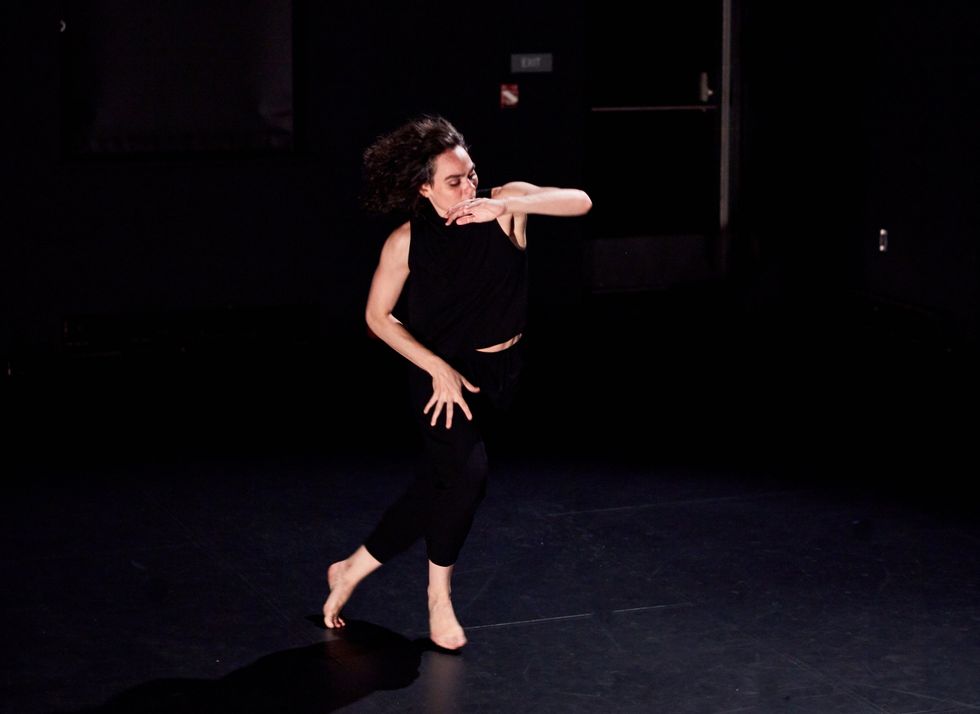 Idris Ademola, Courtesy Shah
Idris Ademola, Courtesy Shah
I often start my day silently reciting a few simple prayers: “Help me use my dance not just for my own happiness but for the benefit of others. Ease my doubts when I worry that the sacrifices and burdens of dance may outweigh the reward.” But it’s easy for that intention to blur amidst the hustle and bustle of the city, which is why one of the pillars of Islam is performing five daily prayers. Although I don’t complete them in the traditional manner (which involves a pattern of standing and kneeling), I weave them in as I speed-walk through Central Park or sit on the subway, commuting from one job or rehearsal to the next.
Another pillar is fasting during the month of Ramadan. From sunrise to sunset, which can exceed 15 hours, I abstain from food and drink, including water. It’s a time for reflection, charity and renewed gratitude for the basic necessities. But life doesn’t stop just because it’s Ramadan. I still have to go to work, class and rehearsal. I’ll wake up around 3 am to guzzle water and eat a healthy meal that will help sustain me until sunset. If I’m in the middle of rehearsal when the sun falls, I’ll take a few minutes to break my fast with a light snack and water.
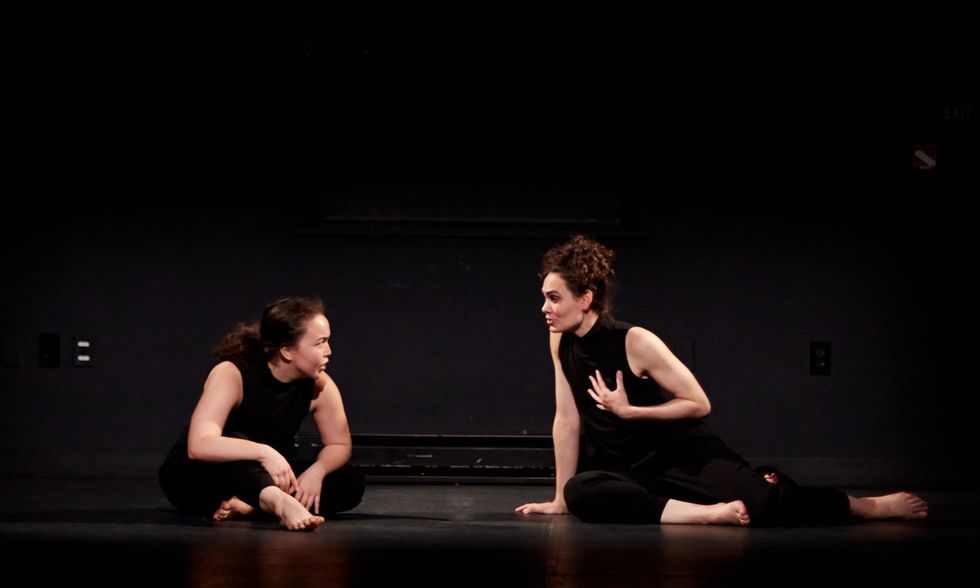 Idris Ademola, Courtesy Shah
Idris Ademola, Courtesy Shah
Sometimes non-fasting friends or my mom will be concerned about my health, but I assure them that if I ever feel ill I won’t fast that day. I’ve also learned to listen to my body. There are days when I skip a two-hour class and opt for a nap. Other times, it’s exhilarating to push through the last 30 minutes of my fast by going for a run.
I used to be filled with anxiety as Ramadan approached. But last year I had a breakthrough. I spent the month collaborating with writer/director Jesca Prudencio of Ping Chong + Company and fellow Muslim performer Natsumi Sophia Bellali to workshop Calling: a dance with faith. It’s a biographical dance theater piece about Bellali’s and my experiences being Muslim and dancers. Prudencio mined our personal stories, and we addressed our fears of being seen as “representatives” of Islam and all Muslim dancers.
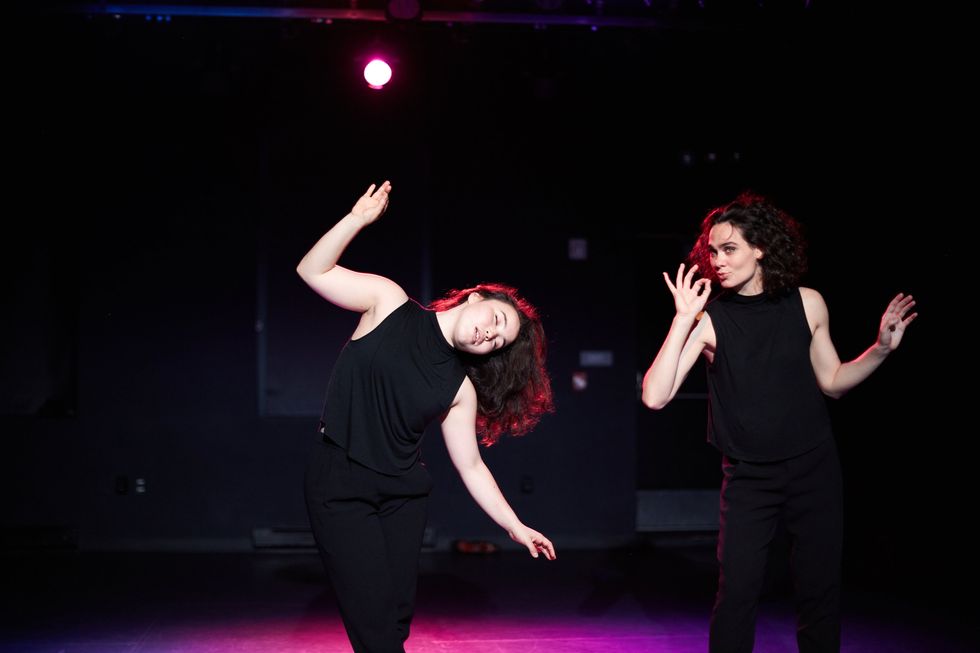 Idris Ademola, Courtesy Shah
Idris Ademola, Courtesy Shah
We confronted our peers’ stereotypes—”Isn’t dance against your religion?”—along with misconceptions we face from other Muslims—”Oh, so you’re a belly dancer?” or “I didn’t realize that dance can be more than a hobby.” We danced until we passed out on the ground smiling. For the first time in my career, I was able to bring my love for dance and my faith into the same space.
Many mornings I take ballet class at New York City Center, a ritual as comforting as daily prayers. The person beside me doesn’t know that I am Muslim, and I have no clue if they practice a specific faith. But it doesn’t matter. In our multicolored socks and shoes we are a motley crew assembled for the same reason—to dance.
